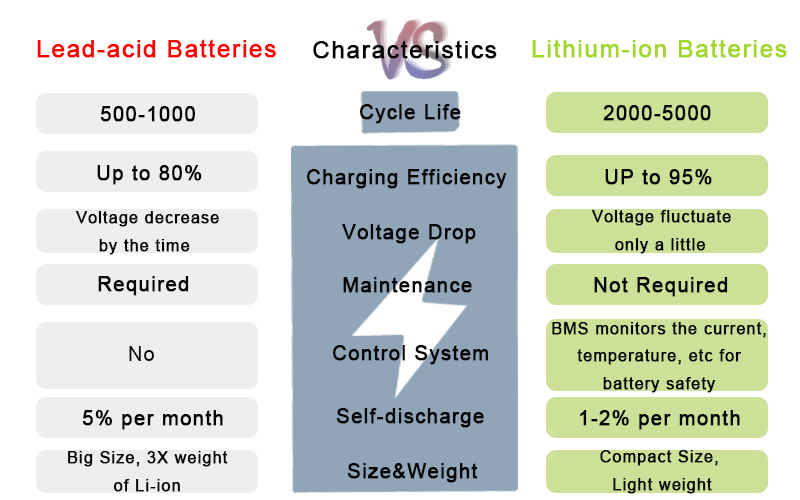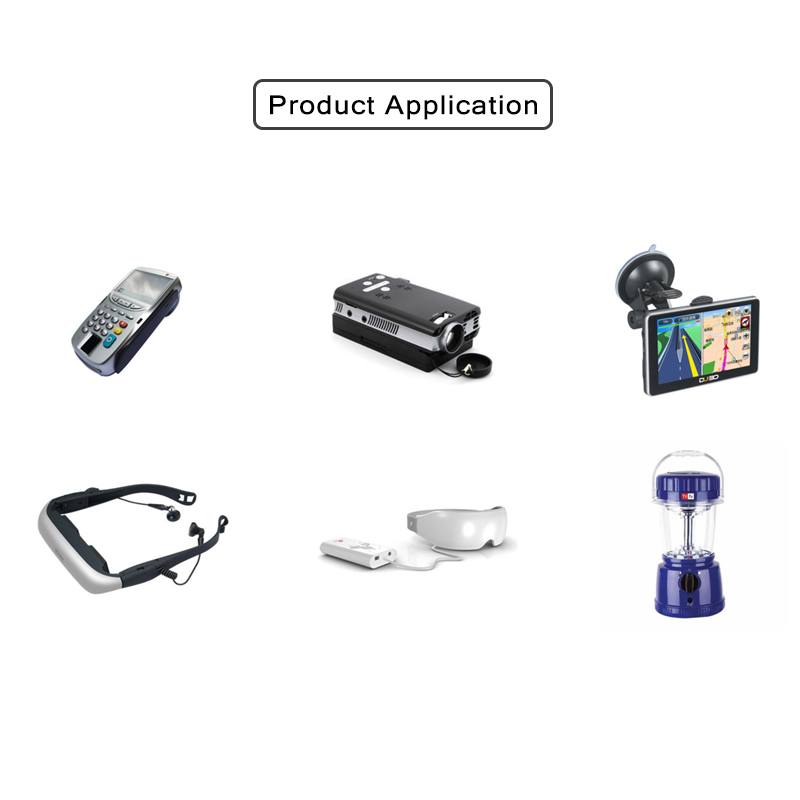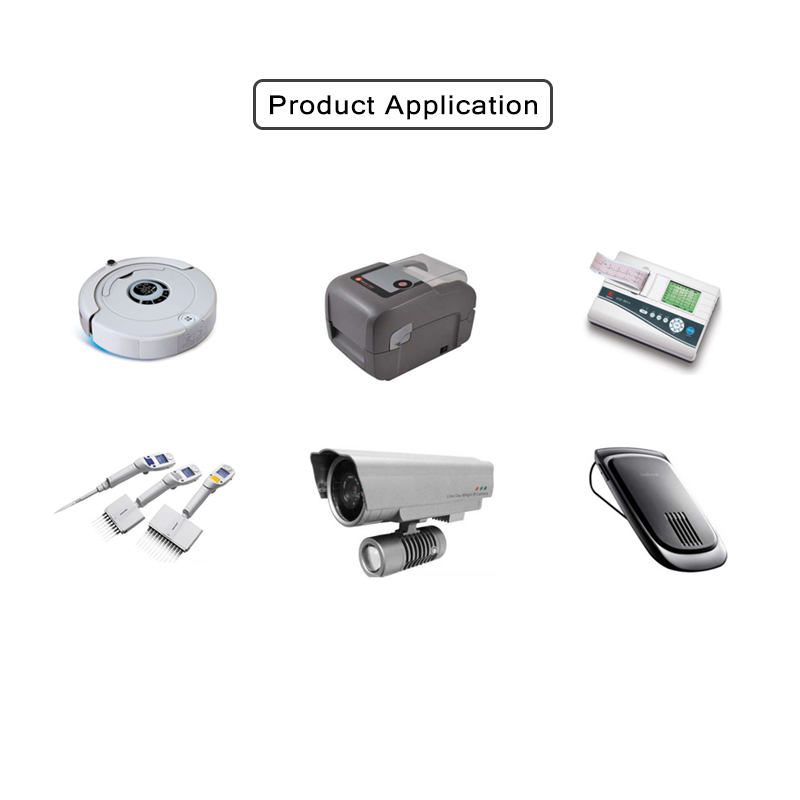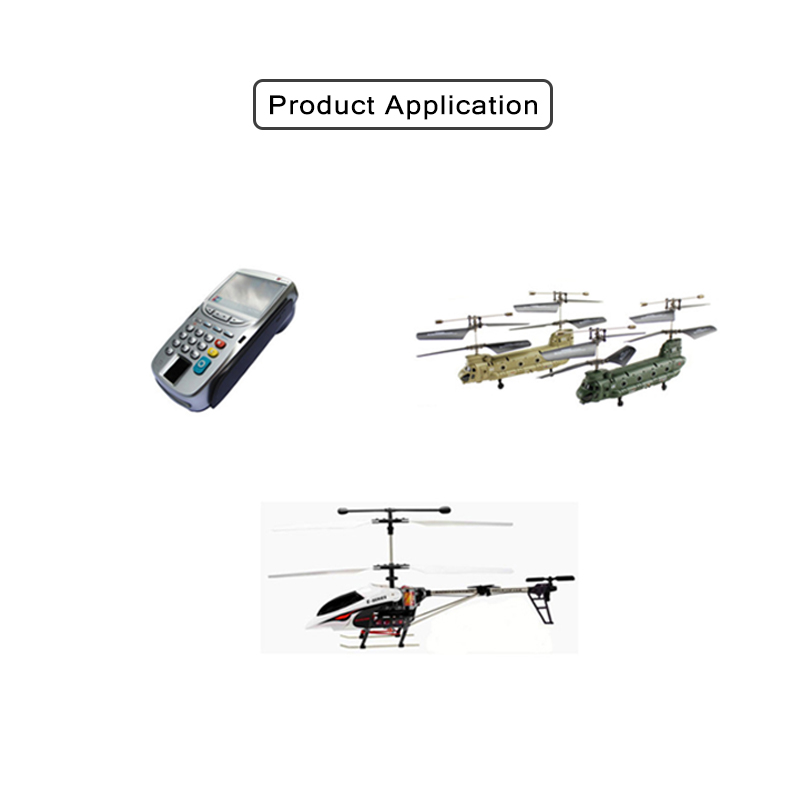Recently, I have often received many friends' inquiries, mainly asking what is a wireless sensor network, mainly used in some places. Here, Shenzhen Xinli Technology briefly introduces several concepts involved in wireless sensor networks.

1. WSN, English is Wireless Sensor Networks, and Chinese is a wireless sensor network. It is a distributed sensor network with a sensor that senses and examines the outside world. The sensors in the WSN communicate wirelessly, so the network settings are flexible, the device location can be changed at any time, and the Internet can be connected in a wired or wireless manner. A multi-hop self-organizing network formed by wireless communication.
2, WS, English is Wireless Sensor, Chinese is wireless sensor. Its component module is packaged in a housing. When it is working, it will be powered by battery or vibration generator to form a wireless sensor network node. It is self-organized by randomly distributed micro-nodes integrated with sensors, data processing units and communication modules. The way to form a network. It can collect the digital signal of the device and transmit it to the wireless gateway of the monitoring center through the wireless sensor network, and directly send it to the computer for analysis and processing. The wireless sensor can also transmit the entire time history signal collected in real time if needed. The monitoring center can also wirelessly transmit information such as control and parameter settings to the node through the gateway. The data conditioning acquisition processing module passes the weak signal outputted by the sensor to the conditioning circuit after amplification, filtering, etc., and then sends it to the analog-to-digital converter, converts it into a digital signal, and sends it to the main processor for digital signal processing to calculate the effective value of the sensor, and the displacement. Value, etc.
3, DTU, English is called Data Transfer unit, Chinese is the data transmission unit. It is a wireless terminal device designed to convert serial data into IP data or convert IP data into serial data over a wireless communication network.
4, RTU (remote terminal unit), English full name RemoteTerminalUnit, Chinese full name remote terminal control system, responsible for monitoring and control of on-site signals, industrial equipment. RTU (RemoteTerminalUnit) is the core device that constitutes the enterprise integrated automation system. It is usually composed of signal input/output module, microprocessor, wired/wireless communication equipment, power supply and casing, controlled by microprocessor and supports network system. Through its own software (or intelligent software) system, it can ideally realize the functions of remote monitoring, remote control, remote signaling and remote adjustment of the instrument on the production site by the central monitoring and dispatching system of the enterprise.
5. GPRS (General Packet Radio Service) is the abbreviation of General Packet Radio Service Technology. It is a kind of mobile data service available to GSM mobile phone users and belongs to the data transmission technology in the second generation mobile communication. GPRS can be said to be a continuation of GSM. GPRS is different from the previous method of continuously transmitting channels. It is transmitted in a packet type. Therefore, the user's cost is calculated based on the unit of transmission data. It is not the entire channel, which is theoretically cheaper. The transmission rate of GPRS can be increased to 56 or even 114Kbps.
6. ZigBee is a low-power LAN protocol based on the IEEE802.15.4 standard. According to international standards, ZigBee technology is a short-range, low-power wireless communication technology. This name (also known as the Zigbee Protocol) comes from the bee's splay, because bees rely on flying and "zig" to shake the wings of the "dance" to convey the position of the pollen with the companion. That is to say, the bees rely on such a way to form a communication network in the group. It is characterized by close proximity, low complexity, self-organization, low power consumption, and low data rate. It is mainly suitable for use in the fields of automatic control and remote control and can be embedded in various devices. In short, ZigBee is a cheap, low-power, short-range wireless networking communication technology. ZigBee is a wireless network protocol for low-speed short-distance transmission. The ZigBee protocol is a physical layer (PHY), a media access control layer (MAC), a transport layer (TL), a network layer (NWK), an application layer (APL), and the like from bottom to top. The physical layer and the media access control layer follow the IEEE 802.15.4 standard.
7. Modbus protocol is a general language applied to electronic controllers. Through this protocol, controllers can communicate with each other and between controllers via a network (such as Ethernet) and other devices. It has become a common industry standard. With it, control equipment produced by different manufacturers can be connected into an industrial network for centralized monitoring. This protocol defines a message structure that a controller can recognize, regardless of the network through which they communicate. It describes how a controller requests access to other devices, how to respond to requests from other devices, and how to detect errors and record them. It develops a common format for message domain patterns and content.
The Advantages of Lithium-ion Battery Pack
1.Higher energy density
The higher energy density of lithium-ion battery pack means we are going to get more power out of the same physical size cell than we could get from a lead-acid battery. So when using lithium-ion battery for electronic gear, it means more runtime but less weight.2.Less weight
Less weight could be a big advantage for most electronic applications that need to be in a compact size and lightweight for use, including mobile applications, robots, drones, floor scrubbers, RVs. A lot of power is used for those devices, so less weight would be certainly an advantage for mobile applications.3.Thousands VS hundreds of cycles
More cycles are an advantage by a lithium product we`re gonna get. You know the lithium batteries could provide thousands of cycles versus lead-acid batteries which only offer hundreds of cycles. It is a big difference in the cycling ability of lithium over lead-acid batteries.4.Charge and discharge rate
We are able to discharge a lithium product much quicker than that of a lead-acid product and get the same capacity. If the lithium-ion battery pack is discharged to 80%, you can still get a good lifespan. But doing that with a lead-acid battery will damage its lifespan. Generally, a lead-acid battery can only use fifty percent of the discharge. The recharge time is quicker on a lithium product as well especially if we have a charger that`s large enough to put the capacity back. The lithium-ion battery packs have a low self-discharge rate of only 1-2% per month.
5. Less Maintenance
When using lead-acid batteries for power supply, regular maintenance is essential to ensure the battery performance. However, when purchasing lithium-ion batteries for power use, less maintenance is required. The lithium-ion cells is more stable with good performance. It saves a lot of time for maintenance and cost for replacement.

Lithium-ion battery pack Application



Lithium-ion Battery Pack
Lithium-Ion Battery Pack,Lithium Ion Battery For Solar,Smart Lithium Ion Battery Pack,Lithium Battery Pack
ShenZhen UFO Power Technology Co., Ltd. , https://www.ufobattery.com